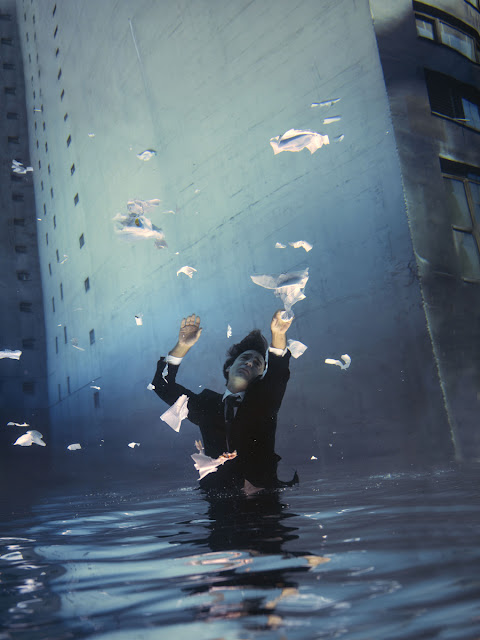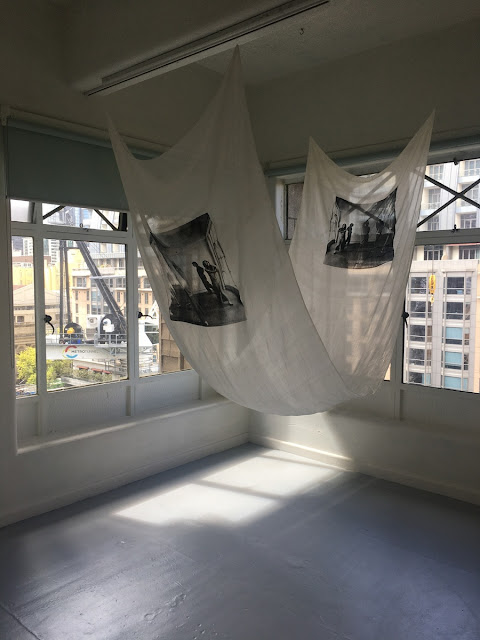The Queen’s Nanny by Melanie Tait. Ensemble Theatre September 6 – October 12 2024.
Reviewed by Frank McKone
September 28
Playwright: Melanie Tait
Director: Priscilla Jackman
Set Designer: Michael Hankin; Costume Designer: Genevieve Graham
Lighting Designer: Morgan Moroney;
Composer & Sound Designer: James Peter Brown
Dialect & Voice Coach: Jennifer White
Stage Manager: Sean Proude; Asst Stage Manager: Madelaine Osborn
Costume Supervisor: Lily Matelian
Secondments: Sherydan Simson, Chelsea McGuffin
Cast:
Duchess of York; later Queen Elizabeth; later again the Queen Mother – Emma Palmer
Marion Crawford – ‘Crawfie’: Elizabeth Blackmore
J, Nanny, Bertie, Ainslie, Lilibet, George, Bruce, Gould – Matthew Backer
There is really no better way to show you Matthew Backer in his wonderful long list of characters than in these production thumbnails, on the Ensemble site:
https://www.ensemble.com.au/shows/the-queens-nanny
You’ll have to see the show, of course, to follow the story through all these scenes and more – a very full and highly satisfying 90 minutes.
Somewhere hidden in our house full of books, my wife is sure we must still have The Little Princesses; or perhaps it’s with one of our daughters. She recalls the positive impact on her, aged 5 in 1950 when the book was published, towards the Royal Family.
I also remember, migrating from London as an anti-monarchist in 1955, being very surprised, while practice-teaching, to find the Australians in the group as Menzies-royalist as they come.
As the century morphed into Boris Johnson etc, I admit that I came to see Lilibet to be the highly astute woman that Crawfie helped make her. Melanie Tait has written, and the Ensemble has presented, a terrific lively story of how The Little Princesses came to be written and published, almost as if in preparation for Lilibet’s accession to the throne as Elizabeth II.
But here’s the punchline. In her Writer’s Note, Melanie Tait puts her work in context:
“I started working on this play around the time the Albanese Labor Government was voted in.
“Full of hope, I felt certain when the play got to the stage, we’d have lived through a successful Australian Indigenous Voice Referendum and, in an election year, movement would be ramping up about a new Republic Referendum. I wanted this play to be part of that conversation.
“Instead, I write this note a week after a cabinet reshuffle, where, in the wake of last year’s referendum, the Albanese Government has abolished the Assistant Ministry for the Republic. We’re about to welcome (and spend tax-payer money on) a visit from King Charles III and Queen Camilla, who’ve just had £45M of public money added to their annual income while the rest of the UK suffers a crippling cost of living crisis.”
Her play is not just fascinating to watch, each twist and turn of the relationship between the Duchess and the Nanny from Marion’s surprising interview showing how and why she got the job through to the Queen Mother’s disgust at the book’s publication – and most awful, to the new Queen’s putdown of the woman who made her what she was.
It’s a play that needs to be seen throughout Australia ready for next year’s election, probably in May. You need to understand Marion Crawford’s story before you vote.
Maybe the Albanese Government could fund Touring Australia with some extra special funds. I suggest you write to your local Federal Member of Parliament, now.
Good on you, Ensemble Theatre, for this new Australian play – surely in the tradition that Hayes Gordon would rise again from his grave to see.


























%202024.jpg)


,%202023.png)


